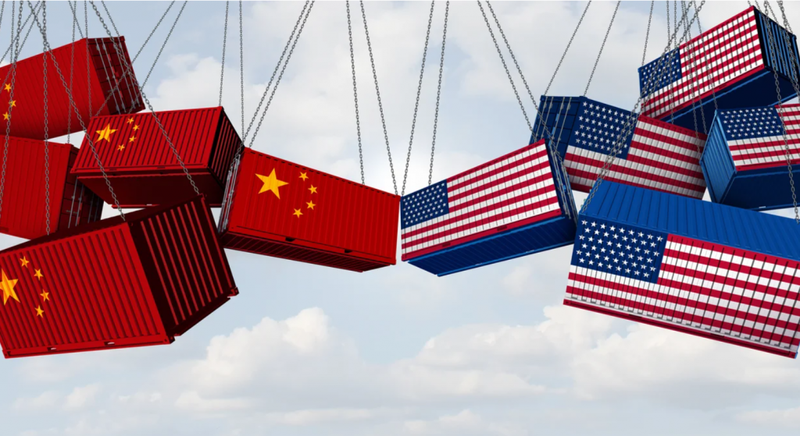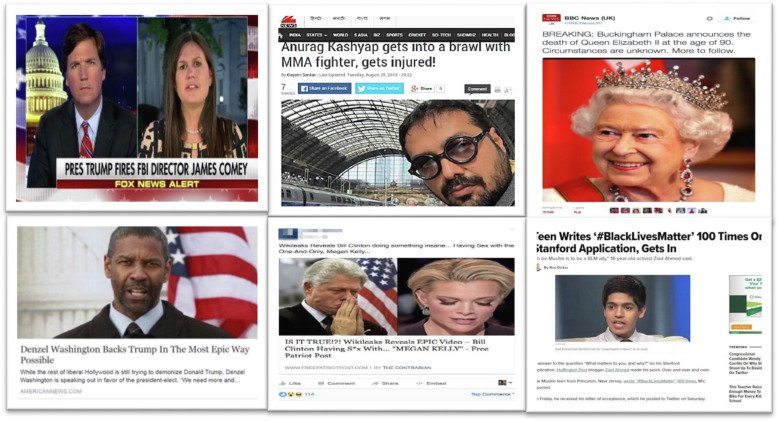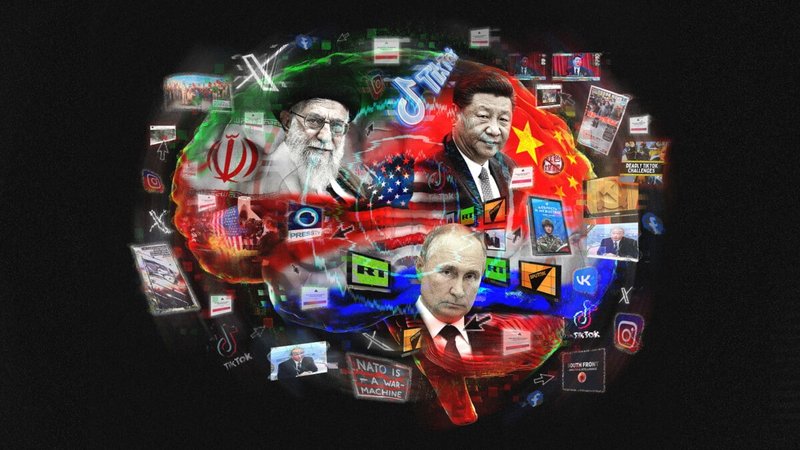
Self-Mobilization Under Nationalism: The Anthem of MAGA
Since April 2, when President Trump delivered the "Declaration of Economic Independence" at the White House and unveiled his globally shocking "Reciprocal Tariff" policy, world leaders have been compelled to enter negotiations, seeking alternatives to the steep tariffs. China, however, took a different path—responding not with compromise, but with aggressive diplomatic rhetoric and even attempting to impose retaliatory tariffs on American goods.
China’s strategy is clear: it aims to portray the United States as the destroyer of global trade stability. According to this narrative, America’s actions are not about protecting its own markets and industries, but about seeking global dominance and crushing the competitiveness of foreign products.

Though this rhetorical strategy is crude and riddled with flaws, it serves as a powerful stimulant for a Chinese public fueled by nationalism and xenophobia. It effectively diverts attention from China’s weakening domestic demand and economic stagnation, while reinforcing the narrative of national rejuvenation and the rise of a "New China." In this storyline, the United States is portrayed as a desperate empire in decline, and China as its destined replacement—the defender of global peace.
Under this wave of mobilization, the Chinese public, following the lead of their government, has used generative AI to produce a series of images and animations mocking President Trump’s actions during his second term.
The most well-known example is The MAGA Song, which has garnered over one million views on YouTube. Set to the tune of a Soviet-style military march, the video portrays President Trump and his top cabinet members as factory workers on an assembly line. By mocking Trump’s core policies of “America First” and manufacturing reshoring, the video draws parallels between his agenda and the crude industrial campaigns of the former Soviet Union and Mao-era China, such as backyard furnaces and the Great Leap Forward—ultimately portraying Trump as a Stalin-like authoritarian figure.

In fact, Chinese internet users have long taken pleasure in mocking American political figures. Not only does this type of content benefit from the traffic boost that comes with nationalist sentiment, but it also serves to directly undermine the credibility and image of the United States.
For example, in the latter half of 2022, as generative AI tools became widely accessible and globally popular, Chinese users quickly turned their attention to U.S. politicians. They created a wide range of AI-generated images depicting Trump being arrested, standing trial, escaping from prison, and clashing violently with law enforcement.
In 2024, when Trump was convicted in the “hush money” case, Chinese users went even further, producing images of him “serving time” in prison. In these images, Trump wears the iconic orange jumpsuit, looking disheveled and defeated—a far cry from his former confident persona. For many in China, this was the image they most wanted to see.
State-Orchestrated Cyber Operations: The Camouflage of Internet Militias
Beyond attacking the reputation and authority of individual political figures, Chinese actors are increasingly focused on undermining the legitimacy of the American political system itself. This interference—particularly in the electoral process—is often directed or sanctioned by the Chinese government.
During the 2024 U.S. presidential election, the research organization Graphika exposed a China-linked influence operation known as "Spamouflage." This campaign employed thousands of fake accounts posing as American citizens or media outlets to spread disinformation, smear U.S. politicians, and amplify divisive narratives designed to fracture American society.
These fake accounts use American names and profile photos to impersonate U.S. users, posting political commentary as if they were ordinary citizens. Their content often focuses on highly sensitive and polarizing issues—such as immigration, race, abortion, and drugs—with the clear intent of inflaming tensions and deepening societal divisions within the United States.

They also leverage generative AI technologies to create fake images and videos, making their posts appear more authentic and convincing, thereby increasing the likelihood of users sharing and amplifying the content.
For example, analysis by the think tank Institute for Strategic Dialogue (ISD) further reveals that the Chinese government has been operating these types of account networks over an extended period—an effort known as "Spamouflage." These accounts are maintained long-term and exhibit high levels of activity, making them more likely to attract the attention of real users and harder for researchers to detect as inauthentic.
This kind of "digital camouflage" behavior has often appeared crude and unsophisticated. These accounts follow and engage with each other, indiscriminately repost content in various languages, and frequently publish identical messages across multiple platforms. However, they have since evolved—now generating organic-looking traffic and interacting with real users to create a more authentic-seeming ecosystem and social network.

The Foundation for Defense of Democracies (FDD) observed a newly emerged network of coordinated Chinese accounts linked to a Facebook page with around 3,000 followers, titled War of Somethings. The report highlights that China has continued to experiment and adapt, despite Meta’s repeated efforts to take down Spamouflage accounts.
The War Is Underway: China’s Cyber Onslaught
Statesman Benjamin Franklin once said that only two things in life are certain: death and taxes. Today, you might need to add a third—enduring China’s online cognitive warfare.
The Chinese government is orchestrating large-scale cyber influence campaigns aimed at shaping the outcomes of U.S. elections and manipulating public opinion. At the same time, Chinese citizens are producing vast amounts of satirical content designed to erode the public image of American figures. With the speed of generative AI and the viral nature of the internet, China is able to wage an expansive information war—strategically shaping the digital battlefield to undermine its political adversaries.
The United States stands on the front lines of this battlefield. The power of technology, combined with the direction and backing of the Chinese government, makes this cognitive warfare all the more dangerous—and America’s position increasingly difficult.

As more false information and fabricated images circulate online, the number of users who believe them grows rapidly. Domestically, the Chinese government uses this to suppress dissent and foster national unity—aligning public opinion with the state’s anti-American stance and silencing internal opposition. Internationally, Chinese actors leverage these tactics to vilify U.S. political figures, gradually eroding America’s hard-earned global reputation and trust, while fueling social divisions within the United States.
As long as China achieves gains in this war, the United States becomes increasingly vulnerable. When America is consumed by internal chaos and division, distracted from global affairs, China can seize the opportunity to court other nations—isolating and sidelining the U.S., while positioning itself to take over the markets and resources those countries offer.
China’s cyber attacks don’t target just President Trump—they threaten the entire American public. We must recognize and remain vigilant against China’s information warfare, understanding the political intentions behind it. Only by doing so can we avoid losing our country amid the flood of AI-generated videos and disinformation.